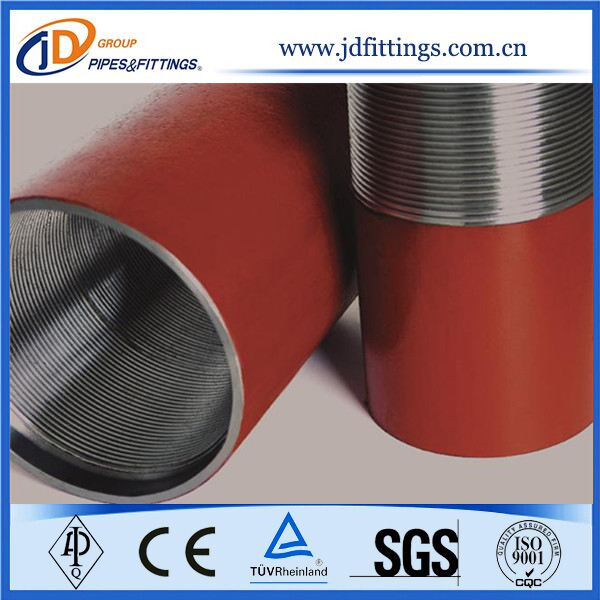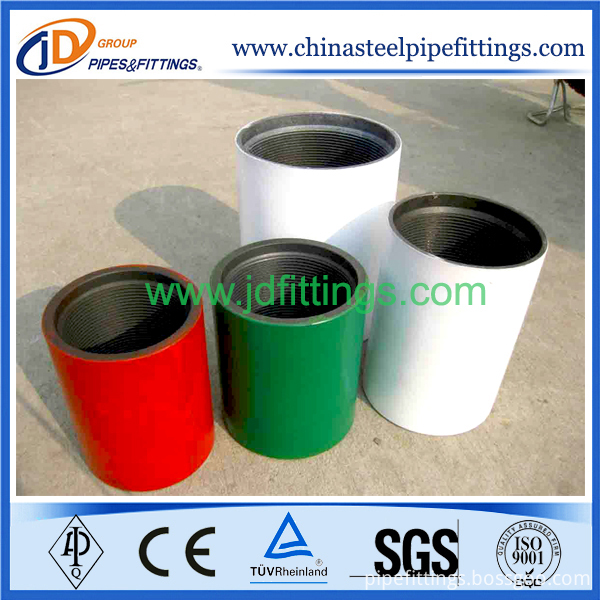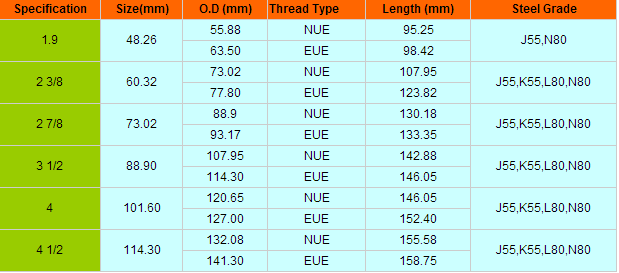First, physical measures to control pests and diseases 1, sun-breeding, soaking seeds in warm soup, soaking seeds in salt water before planting, choose to dry the vegetable seeds for 2-3 days on sunny days, you can use sunlight to kill the bacteria attached to the surface of the seeds to reduce the incidence. Seeds of melons and solanaceous vegetables are soaked in warm water at 55 °C for 10-15 minutes. Seeds of leguminous and cruciferous vegetables are soaked in warm water of 40-50 °C for 10-15 minutes, which can disinfect the seeds. Prevent the onset of seedlings. Soaking the leguminous seeds with 10% saline for 10 minutes can remove and kill the Sclerotinia sclerotiorum and nematode eggs mixed in the seeds to prevent sclerotinia and nematode.
2, solar energy for high temperature sterilization and sterilization is commonly used in vegetable greenhouses high temperature shack. In the summer and autumn seasons, the greenhouse is used to cover the greenhouse, and the greenhouse is covered with a greenhouse for 5-7 days. The maximum temperature in the shed is 60-70 °C, which can effectively kill the shed and the soil surface. Pathogens and pests.
3, avoiding and trapping pests in the ventilating vents of the shed to set up a butter board to trap, by using waste fiberboard, planted into a 1 m X 0.2 m strip, painted with paint yellow, and then coated with a layer of viscous oil (Use No. 10 oil and a little butter to mix thoroughly), set 25-30 pieces per 667 m2, which can be placed at the same height as the plant. When the white powder is stuck on the surface, it is necessary to reapply the sticky oil in time.
4. High-temperature compost kills germs and insects. Vegetable based fertilizers are mainly organic fertilizers, but there are many plant pathogens and insect pests in farm organic fertilizers. In the first 1-2 months before application, it can be mixed with water, mixed and tightly covered with plastic film to make it fully fermented and decomposed. The temperature in the heap during fermentation is as high as 70 °C, which can effectively kill pests and diseases. And the fermented fertilizer is put into the shed, and there will be no adverse phenomena such as vegetable root burning and toxic gas hazards.
Second, the cultivation measures to control pests and diseases 1, crop rotation and cleaning the pastoral vegetables for more than 2-4 years of rotation, have the obvious effect of reducing and reducing pests and diseases, and has a significant increase in production. Taking all the sick and diseased fruits out of the shed, destroying or deep burying, can reduce the disease base. Especially after the sputum crops have been smashed, thoroughly clean the pastures, combined with high temperature shacks, can effectively prevent certain diseases and insect pests of squat vegetables.
2. Adding organic fertilizer and formula fertilization on the basis of increasing the application of organic fertilizer, and then applying the fertilizer according to the appropriate ratio of nutrient requirements of various vegetables to nitrogen, phosphorus and potassium, not only can improve soil nutrient status, promote vegetables Strong crop growth, can also enhance the disease resistance of vegetables, increase production and improve quality, reduce the number of applications and the amount of application.
3, the implementation of ridge cultivation and plastic film mulching cultivation of greenhouse vegetables to implement sputum planting, plastic film coverage, not only facilitate watering under the membrane, reduce soil evaporation, reduce air humidity in the shed, inhibit the occurrence and development of vegetable diseases, and prevent soil transmission The spread of germs, thereby reducing the occurrence of diseases.
Third, the ecological environment prevention and control of vegetable pests and diseases ecological control method is the use of vegetables and pathogens growth and development requirements for different environmental conditions, creating ecological environment conditions conducive to the growth and development of vegetables is not conducive to the development of pests and diseases, can reduce and reduce the occurrence of pests and diseases. For example, downy mildew, gray mold, powdery mildew, etc., above 32 ° C and relative humidity below 80%, the bacteria do not occur or occur slowly. The suitable photosynthetic temperature of the warm vegetables is 18-28 ° C, and the photosynthetic amount is 70%-80% at 8-12 am. Therefore, it is ecologically possible to take early morning grass raking, extend the light time, and pay attention to proper ventilation so that the shed temperature is not higher than 28 ° C and the humidity is not higher than 80%. Closed in the afternoon, the temperature of the shed will rise to 33 °C in a short time, and the growth of the bacteria will be inhibited by high temperature, and then the air will be drained and dehumidified. After the water is dehumidified in the afternoon, the air humidity in the shed at night is relatively low, which can reduce the condensation. Conducive to inhibit the spread of pathogens.
When watering vegetables in greenhouses during the cold winter and spring, you can take "three no pouring, three pouring and three control", that is, raining without pouring, sunny pouring; no pouring in the afternoon, pouring in the morning; no pouring water, pouring water; seedling period Control watering; control watering even on cloudy days, and control watering at low temperatures. This can effectively inhibit the occurrence and spread of high temperature, high humidity and low temperature resistant bacteria such as diseases.
Fourth, vegetable preparations to control pests 1, cucumber vines will be fresh melon vines 1 kg, add a little water smashed to filter the residue, with filtered juice plus 3-5 times water spray, the effect of controlling cabbage caterpillars and rapeseed meal more than 90% .
2, bitter gourd leaves pick fresh and juicy bitter gourd leaves, add a small amount of water to smash the raw liquid, then add 1 kg of lime water per kg of raw liquid, mix and evenly used to water the roots of plant seedlings, control tigers have special effects.
3, loofah will be smashed with fresh loofah, add 20 times water and stir evenly, take the filtrate spray, used to control pests such as cabbage caterpillar, red spider, aphid and rapeseed, the effect is above 95%.
4, pumpkin leaves add a small amount of water to the pumpkin leaves, squeeze the stock solution. Dilute with 2 parts of the original solution and 3 times of water, add a small amount of soap, stir and spray, and cure the aphid effect by more than 90%.
Casting and Tubing Coupling with API Cert
Casting and Tubing Coupling with API Cert used for oil pipe connetions. It complis with API standard. We supply permium thread products by customer's request.




Specifications:

Tubing coupling
Specification:API 5CT 1.9", to 4-1/2"
Steel grade: J55, K55, N80, P110
Thread type: EUE, NUE
Casing coupling
Specification:API 5CT 4-1/2" to 13-3/8"
Steel grade: J55, K55, N80, P110
Thread type: STC, LTC, BTC
Casting and Tubing Couplings with API Cert
Tubing Couplings, Casting And Tubing Couplings With API Cert, Oil Field Couplings, Casting Couplings
JianDa Pipes&Fittings Group Co.,Ltd , http://www.chinasteelpipefittings.com
